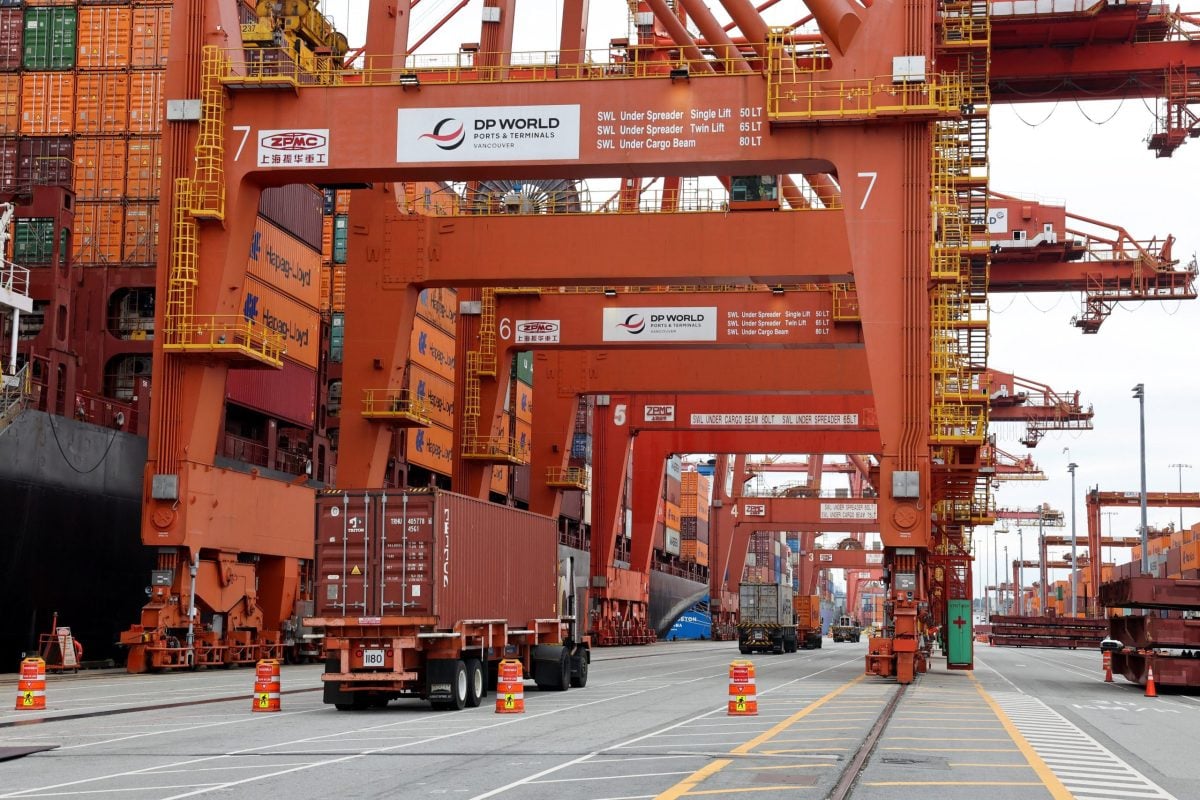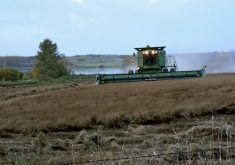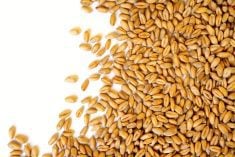CARLYLE, Sask. — Chuck Fossay has grown enough canola in his life to easily recognize a great crop. But for the sake of media and grain traders participating in a crop tour July 22, Fossay pointed out the difference between a fantastic crop and mediocre canola.
Fossay, who farms near Starbuck, Man., stood on the edge of a field in southeastern Saskatchewan and pointed to the thick stem on a canola plant. The stem was nearly the diameter of a hot dog, with multiple branches growing off the stem.
Read Also

Carney visits Asia to forge new alliances and reduce U.S. dependence
Canada’s Prime Minister Mark Carney embarks on his first official visit to Asia on Friday in an attempt to deepen trade and security ties at a time when the North American country is struggling to lessen its overwhelming dependence on the U.S. and redefine its foreign policy in pursuit of new markets.
“Normally I look at the height of the crop and how many pods are on the plant and here we see a lot of pods,” he said, explaining his assessment method.
“The pods are very long and fairly plump…. Normally because of hot weather you’ll see spaces on the stem where pods have aborted. But there are very few spaces (on this plant)…. I would say this has excellent yield potential. It looks almost as good, or even better, than some of the canola fields I’ve seen in the Red River Valley.”
This canola field, along Highway 13 west of Carlyle, Sask., may have been the best crop on an eight-hour CWB crop tour that began in Brandon and concluded in Yorkton, Sask.
Most of the canola crops in southeastern Saskatchewan and southwestern Manitoba had average yield potential with some fields above average and others below par.
“I hate to use the word, but I’ve seen a lot of variability (on the tour),” Fossay said.
Chris Birk, a Manitoba producer and leader of the CWB tour, agreed with Fossay’s assessment.
“Some of the canola crops are just starting to bloom, some are finished blooming and some are half way through,” he said. “Some look really, really good and (others) are poor…. It’s almost like certain pockets were hit with timely rains.”
Overall, canola and most crops in the region looked decent, a marked improvement from the previous CWB tour through the area.
Average or good crops were a rarity last July. A 150 to 200 millimetre rain in June 2014 soaked millions of acres in Manitoba and Saskatchewan.
During last year’s tour, nearly every canola crop in southeastern Saskatchewan had standing water or large patches of dead, saturated plants.
“Absolutely. The crops are a lot better (this year),” Birk said. “They’re closer to the average…. We’re still seeing water damage in some of the low spots, but not (nearly) as bad as last year.”
In addition to the fantastic canola field near Carlyle, there were other notable moments on the CWB tour:
• A canola field near Griswold, Man., that had large ponds and multiple drowned out areas in 2014 was much drier this year and appeared to have an average crop.
• An oat crop near Reston, Man. was exceptionally short and thin.
• Spring wheat fields around Redvers, Sask., were average to good.
• Several flax crops north of Stoughton, Sask., looked tremendous. One crop was nearly 60 centimetres high and most fields were done flowering.
• Tour participants saw fewer soybeans crops in southeastern Saskatchewan than 2014, despite a reported increase in acres.
• Of the handful of soybean fields, nearly every one was inundated with volunteer canola.
• On Highway 47 near Baring, Sask., soils were noticeably dry and plant stands were thin.
• A spring wheat crop west of Grenfell, Sask., had exceptional yield potential. Most of the wheat heads had more than 30 kernels.
• For the most part, canola crops near Melville and Yorkton were less mature than fields around Carlyle. Many fields were still in the middle of flowering.
• The crop around Melville and Yorkton may be delayed, but conditions were much better than 2014. Last July most canola fields were completely drenched with standing water
robert.arnason@producer.com















